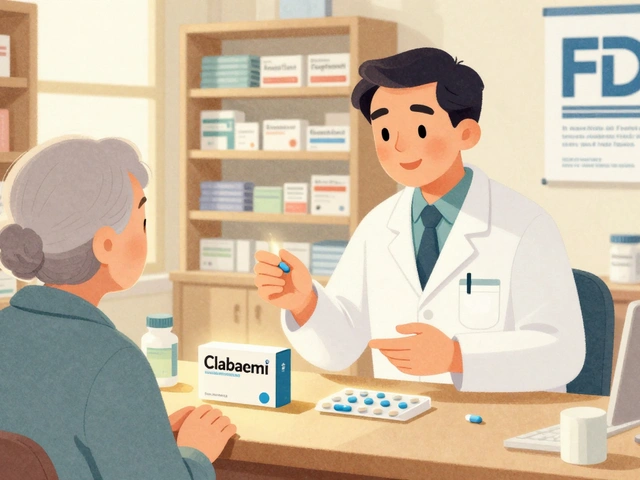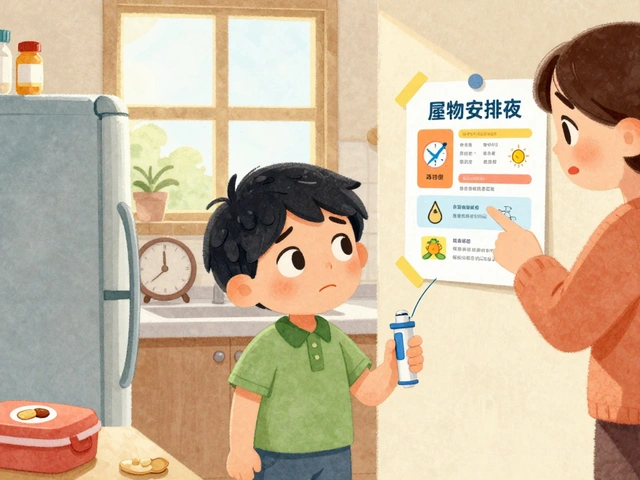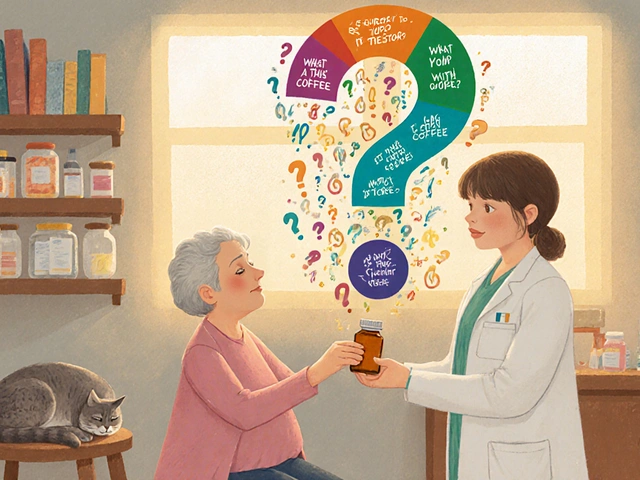Medicine Safety: Smart Steps to Use Meds Without Risk
Prescription and over‑the‑counter drugs save lives, but mistakes do real harm. Start by reading the label every time you get a new bottle or box. Check the active ingredient, dose, and expiry date before taking anything. Keep a current medication list with names, doses, and why you take them. Share that list with every clinician and pharmacist you see.
Prevent dangerous interactions
Many problems come from mixing drugs, supplements, or alcohol. Ask your pharmacist if a new drug will interact with what you already take. Use a single reliable interaction checker online or ask your doctor to check. Watch for symptoms like dizziness, sudden sleepiness, fast heartbeat, or confusion and stop the drug and seek help if they appear. Never combine nitrates with erectile dysfunction drugs such as sildenafil.
Safe buying and storing
Only use pharmacies you trust. Look for a physical address, pharmacist contact, and prescription requirement. Be wary of websites that sell prescription drugs without a prescription or offer unusually low prices. When you order from abroad, know customs rules and legal limits to avoid seizures. Store medicines in a dry cool place out of reach of children and pets. Use original packaging and childproof caps when available.
Older adults and children need extra care. Older people are more sensitive to doses and to side effects like hyponatremia or falls. If a senior gets confused, check their medications first. For children, confirm the dose by weight and use a proper measuring device rather than kitchen spoons. Pregnant and breastfeeding people should check safety with their provider before starting any medicine or supplement.
If you suspect a bad reaction, stop the drug if it is safe to do so and call your doctor or local poison control. Report serious side effects to your national health agency; these reports help detect rare risks. Keep records of what happened, when it started, and any other drugs you took.
Stick to one pharmacy so pharmacists can spot problems. Set phone alarms or use pill boxes to avoid missed or double doses. Ask for generic alternatives if cost is a problem, and verify pills by appearance and name. Be cautious with supplements: labels can be misleading and they can interact with prescriptions.
Trust official sources like national health services, professional pharmacy bodies, or reputable medical sites. Articles that explain a drug’s uses, side effects, and safety tips can help—look for recent dates and clear references. If a topic feels complex, ask your pharmacist for a short explanation you can follow at home.
Safe medicine use is practical, not perfect—small habits like checking labels, keeping lists, and asking pharmacists reduce risk and keep treatment working for you.
If buying online, verify the pharmacy has a license, look for a verification seal, check user reviews, and never accept drugs without a prescription. Use a credit card for protection and keep tracking. Maintain an inventory of medicines with expiry dates and remove old pills from your home.
11
Symbicort Alternatives: What Pharmacists Want You To Know
Wondering what can replace Symbicort? Get honest pharmacist answers about dose swaps, switching safely, and how other options stack up against Symbicort.
Latest Posts
Popular Posts
-
 Constipation from Medications: Complete Management Guide
Constipation from Medications: Complete Management Guide
-
 Amyotrophic Lateral Sclerosis: How Riluzole Slows Neurodegeneration and Extends Life
Amyotrophic Lateral Sclerosis: How Riluzole Slows Neurodegeneration and Extends Life
-
 Generational Differences: How Age Shapes Attitudes Toward Generic Medications
Generational Differences: How Age Shapes Attitudes Toward Generic Medications
-
 Pharmacist Recommendations: When to Suggest Authorized Generics
Pharmacist Recommendations: When to Suggest Authorized Generics
-
 Allergy Action Plan: Essential Medications to Carry and When to Use Them
Allergy Action Plan: Essential Medications to Carry and When to Use Them



